How to Tie a Double Fisherman's Knot
How to Tie a Fisherman's Knot in Under 2 Minutes
May be known to some as the English knot, halibut knot, waterman's knot, or even as the improved clinch knot, the Fisherman's Knot is well known to most, if not all, anglers.
Over the years, this has gained popularity as one of the easiest knots for fishing. This knot is a proportioned structure with two overhand knots tied around the standing line of the other. This connects the ends of a single rope to form a loop.
If you're an amateur angler or fisherman, knowing how to tie a fisherman's knot will be helpful in attaching a fishing line to a hook.
Used Terms
- Tag end – it is the end of each line which you will use for tying
- Standing Line – it is the rest of the line that runs up toward the reel
- Wrap or Turn – completely passing the tag end around the standing line
How to Tie a Fisherman's Knot
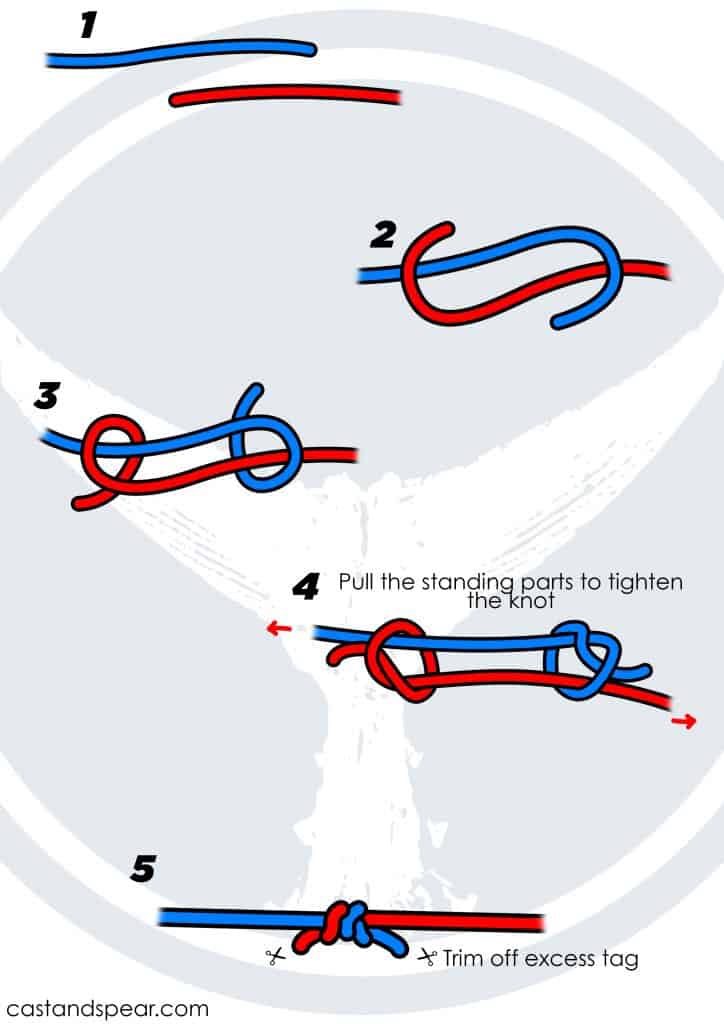
Here's a step by step guide to help you.
Step 1: Parallel
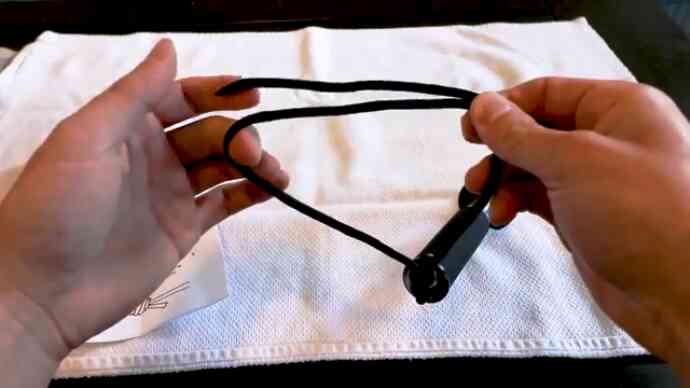
With your thumb and index finger, make sure the two ropes are parallel to each other with the tag end opposite to the other (right rope on top of the bottom left rope)
Step 2: First overhand
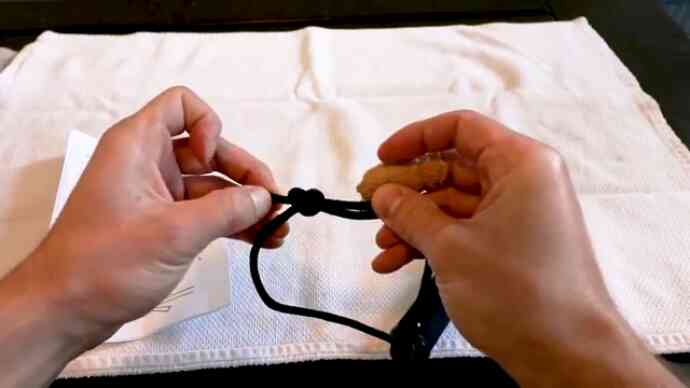
Make one loop and do a wrap with the tag end of the top rope around the lower rope line. This way, it will form a Q or a pretzel, then pass the tag end through the hook eye or loop. Pull the end to tighten the loop.
Step 3: Second Overhand
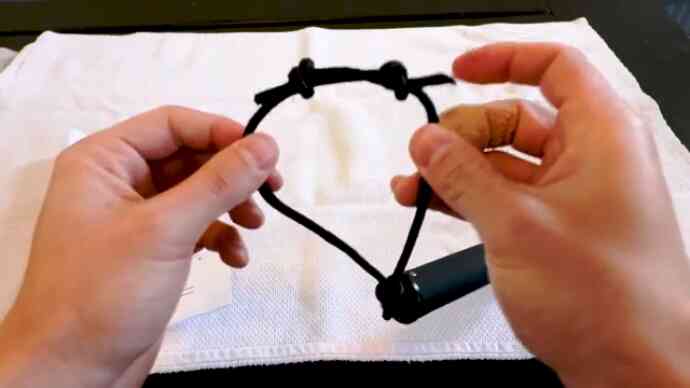
Make one loop, do a wrap with the lower rope's tag end around the line of the top rope, form a Q or a pretzel, and then pass the tag end through the hook. Pull the end to tighten the loop.
Step 4: Tighten
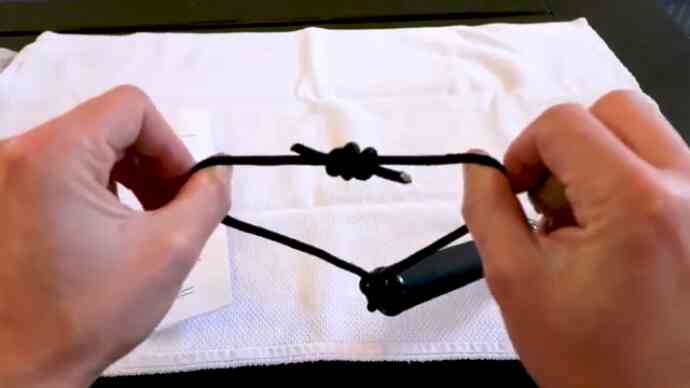
To tighten, pull the standing parts of each tag end to draw the knots together.
Other Ways of Tying
- Double Fisherman's Knot – is essentially two knots that slide together when tightened to form the finished knot. It is stronger because it uses a couple of double overhand knots
Pros
The knot is compact and strong. It does not slip under strain, and the working ends can be cut very close to the knots without risk of failure. Plus, knot tying can be done with cold, wet hands.
Cons
The knots can slip when tied with slippery lines such as nylon monofilament. When pulled to tighten, there is a tendency that it will jam. However, this con is of use when it comes to fishing. Untying the knots is difficult compared to the sheet bend.
Alternatives
- Blood Knot
Uses
The fisherman's knot is mainly used for:
- scouting
- knitting
- fishing
- tying webbing
- net making
- creating paracord bracelets, macrame jewelry, and keychains
- knot-tying ceremonies during weddings
- rock climbing
Frequently Asked Questions:
Q: What is the best fishing knot?
A: Generally speaking, there are no best fishing knots for everything. Every knot has a purpose, which can be the best for one thing and not so for another. However, fisherman's knot can be considered the best knot for new anglers as it is easy to tie.
Q: How strong is a double fisherman's knot?
A: This knot is easy to tie, but it is likely to fail when tied wrongly. It is strong and compact enough that untying it is challenging to do.
The Anglers Behind This Article:

Johanes Godoy
Editor
Yes No
How to Tie a Double Fisherman's Knot
Source: https://castandspear.com/fishermans-knot/
0 Response to "How to Tie a Double Fisherman's Knot"
Post a Comment